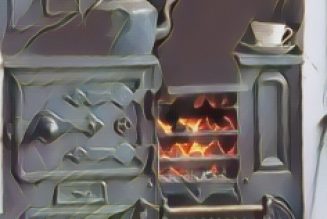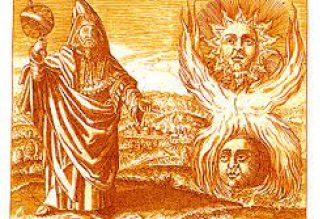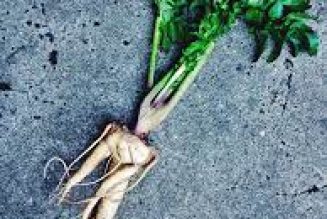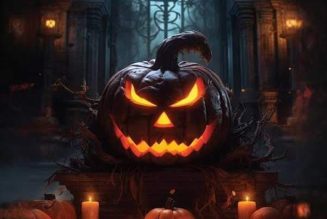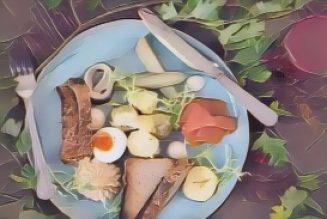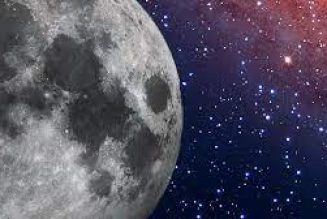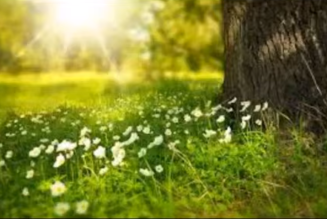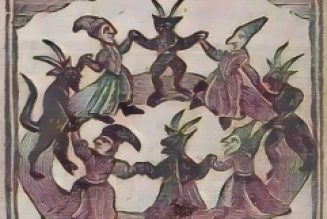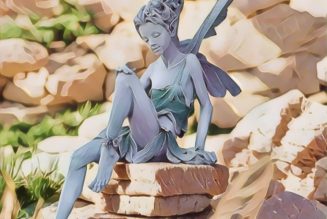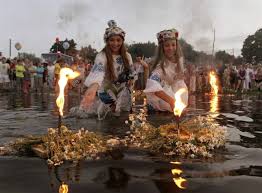
“Kupała Day was the longest of the year, Kupała Night the shortest – it was one ceaseless passage of joy, song, leaping, and rites,” Józef Ignacy Kraszewski wrote in his Stara baśń (Old Tale). But for the Slavs, just one night of feasting was definitely not enough. The celebrations started on the day preceding the Summer Solstice (June 20th) and lasted for four days. It was first and foremost a celebration of fire and water. Huge fires were lit on hilltops using only two pieces of wood – which was thought to strengthen the participants of the rite and ensure the fertility of the fields as well as animals. There was dancing and singing around the fires, while leaping across them was meant to ensure purification and protect against bad energy.
It was believed that the second of these elements also possessed healing powers at this time. The three-month period of refraining from bathing (the ban concerned dipping the body in rivers, lakes and streams during the day) was officially ended and the ritual washing during Kupała Night castaway disease and evil spells. Girls used to make wreaths from flowers and herbs, which they then cast into the river. If the ones fished out by boys found their original owner, the two would become a couple. More was permitted than usual on this night, which often led to sexual initiation – and hence the talk of a Slavic Valentine’s Day.
According to legend, ferns only blossomed on Kupała Night. Someone lucky enough to find one would become rich, and was also thought to become capable of becoming invisible in case of danger. Camomile and flowers were also used to tell fortunes, and even dill stalks (maidens would mark them with coloured thread and given them the names of their favourite boys – the stalk that grew the tallest overnight would be proof of the most passion).
This holiday was so strongly rooted in the Slavic tradition that the Church authorities decided to make the pagan ritual a part of the Christian calendar – Kupała Night is now known as St. John’s Night and it takes place on 24th June.
